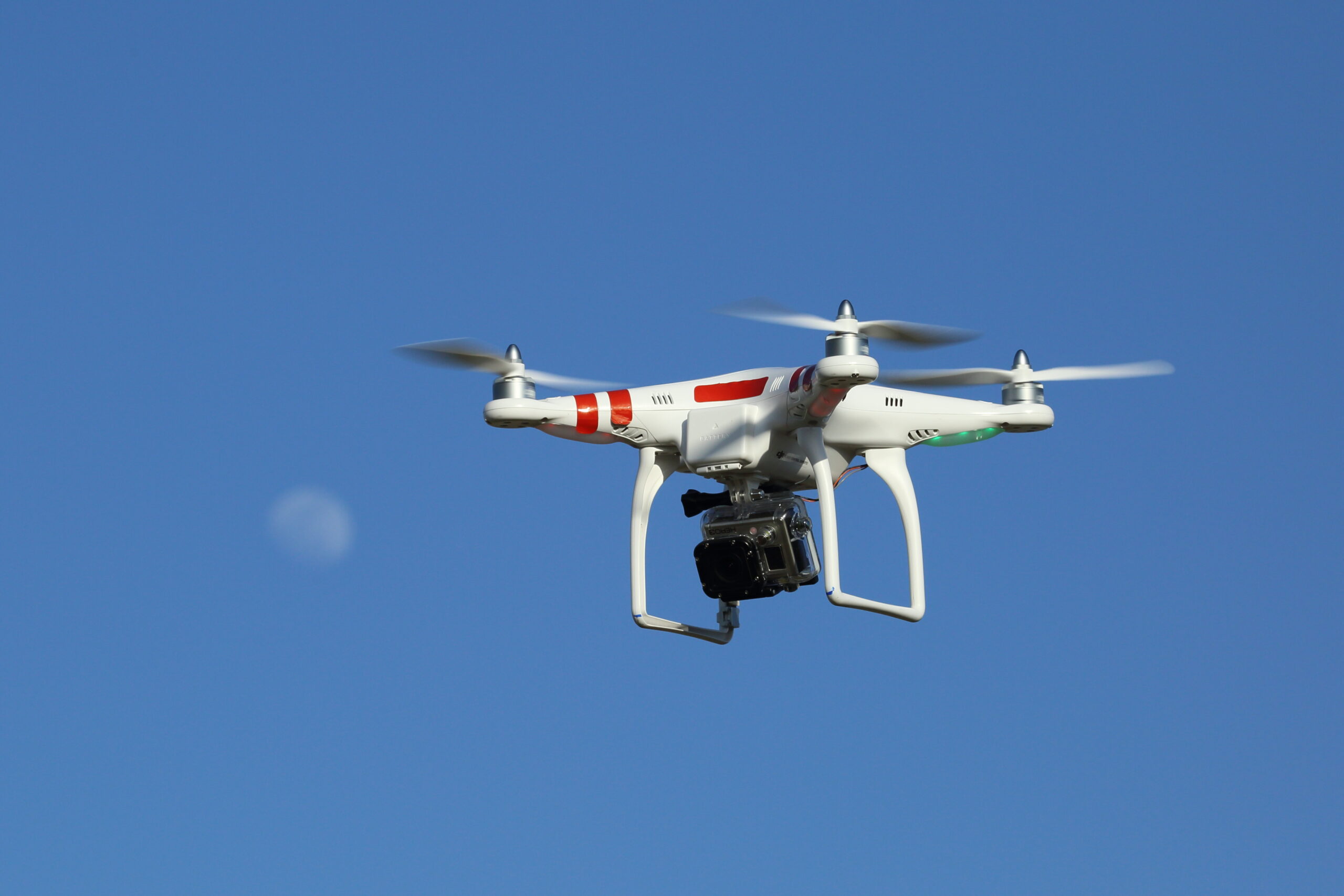
The idea of using drones for news gathering has excited journalists since the unmanned flying machines became popular a few years ago. In 2012 Congress passed the FAA Modernization Act, requiring the FAA to regulate commercial usage of drones. Commercial organizations (that includes TV stations and other for-profit news organizations) have to apply for permission to use drones in their endeavors, and currently the FAA hasn’t granted more than very limited permission to any media organizations.
CNN Aims to be the First
According to a May Business Insider article, CNN partnered with the FAA to “test” and “research” drone usage in news gathering efforts. The news giant volunteered to research using a drone within sight of populated areas approved by the FAA, although the extent of their research is not known.
Why Drones are Important to Journalists
As much as broadcast reporters love to prove their enthusiasm for the job by standing outside in a snowstorm, struggling through a crowd to nail that perfect shot, and enduring less-than-ideal travel conditions, there are some places journalists just can’t go, due to safety or regulatory reasons.
For example, drones can gather bird’s-eye video of forest fires or other natural disasters in areas to dangerous to traverse. They can also take aerial shots of crowds at events that a reporter on the ground couldn’t collect. Additionally, the technology offers opportunities for stations in smaller markets—while large-market stations sometimes have a helicopter for traffic reports and breaking news, smaller stations often can’t afford to rent a helicopter for the occasional story that would benefit an aerial view.
Drones aren’t cheap—a good quality one can cost from several hundred to a few thousand dollars. However, those costs would be small compared to the price of a helicopter—not to mention the cost of hiring a pilot to fly the helicopter and shelling out for insurance. Drones could also be sent to some locations faster than news crews could arrive during heavy traffic.
The Fight for the Right to Fly Drones
A Motherboard article questioned whether the FAA even had the right to stop news organizations from using drones. It cited a coalition of media companies, including the New York Times, Associated Press and Washington Post that came together last year to pen a legal brief for the FAA. In this brief, they took the position that the First Amendment prevents the FAA from blocking news reporting—which, in this modern age, could easily include drones. It went on to note that if individuals could use drones, surely the First Amendment-protected press should receive the same permission.
A Way Around the Problem?
Since hobbyists can fly a drone and take video, why can’t they just sell their video to the press? According to the FAA in a Media Use of UAS memo from May, individuals flying drones can give away video they capture, but not take video so they can sell it. Theoretically, a news station could get lucky and receive video from a viewer’s phone for free, but realistically, that isn’t likely to happen.
The FAA was also questioned about whether a person who happened to accidentally take video of a newsworthy event with a drone could later decide to sell it. The same memo goes on to say that if hobbyists don’t intend to capture news for the purpose of selling to a news organization, selling any video they do capture later is probably acceptable. Obviously, it’s difficult to prove what someone intended to do, so there’s a little room for interpretation.
Going Forward
But in the long term, the only real solution is for TV stations to use their own drones. While there are genuine concerns—hobbyists flying drones recently got in the way of firefighters trying to put out California forest fires—there’s no reason that the FAA can’t simply regulate the commercial use of drones for safety. In recent weeks, the FAA has grown increasingly tough on the use of drones, even slapping one aerial photography company with a $1.9 million lawsuit for flying through crowded airspace in New York City and Chicago without permission. In addition, the FAA has just announced new plans to require the registrations of drones for both businesses and hobbyists following the rise in incidents in which civilians’ safety has been compromised by drones.
What can reporters do for now? Not much, other than writing to your Congressperson and familiarizing themselves with the legalities of drone filming. News organizations can apply for permission to use drones, but the FAA has been stingy with granting it to commercial organizations and slow in processing requests.
[su_note]Learn more about the School of Broadcast Journalism at the New York Film Academy by clicking here.[/su_note]